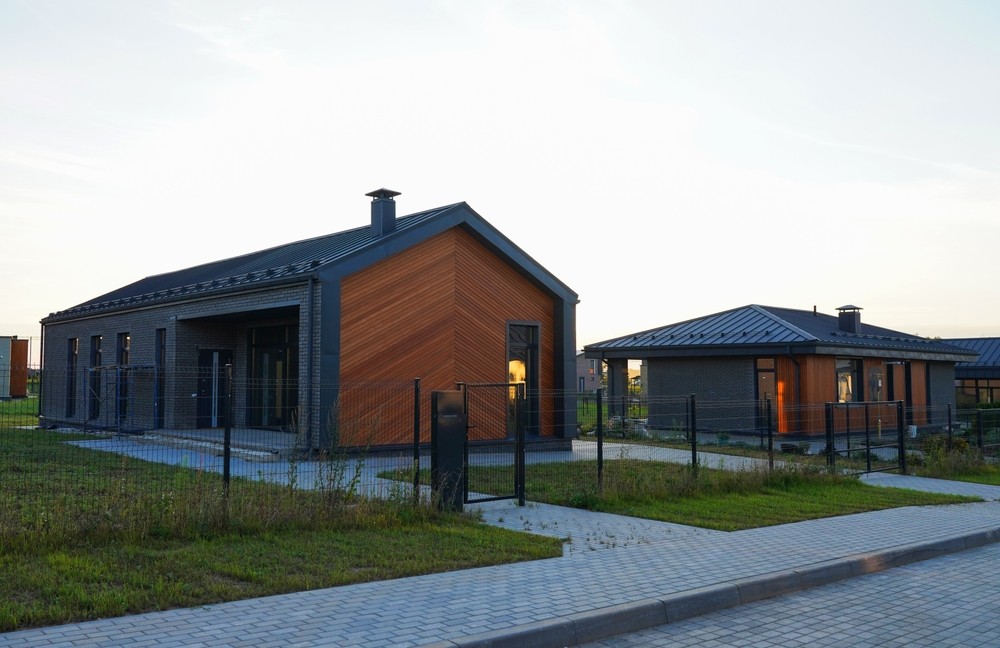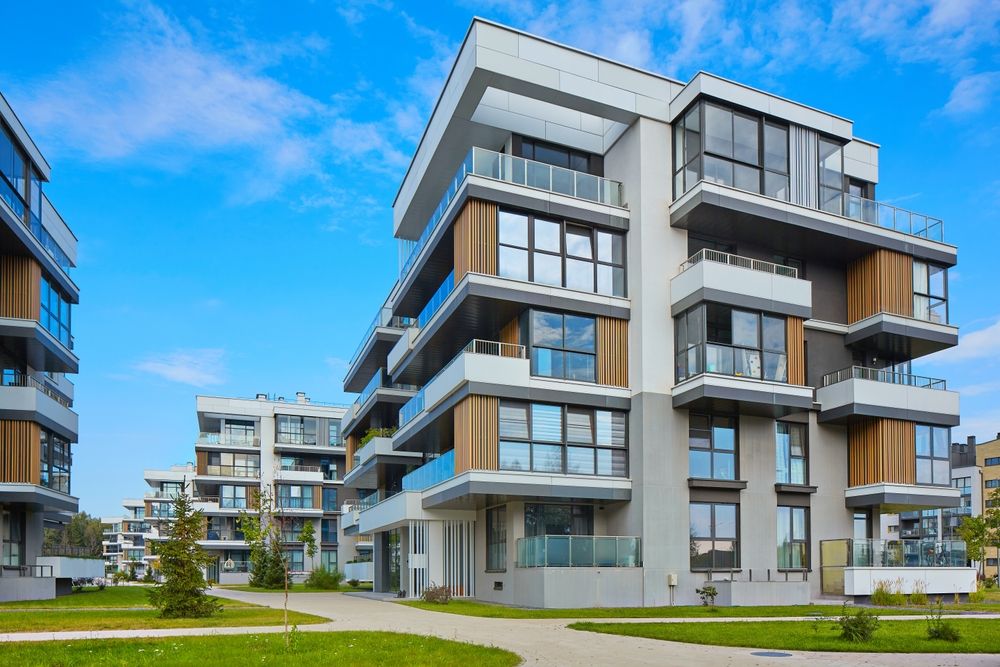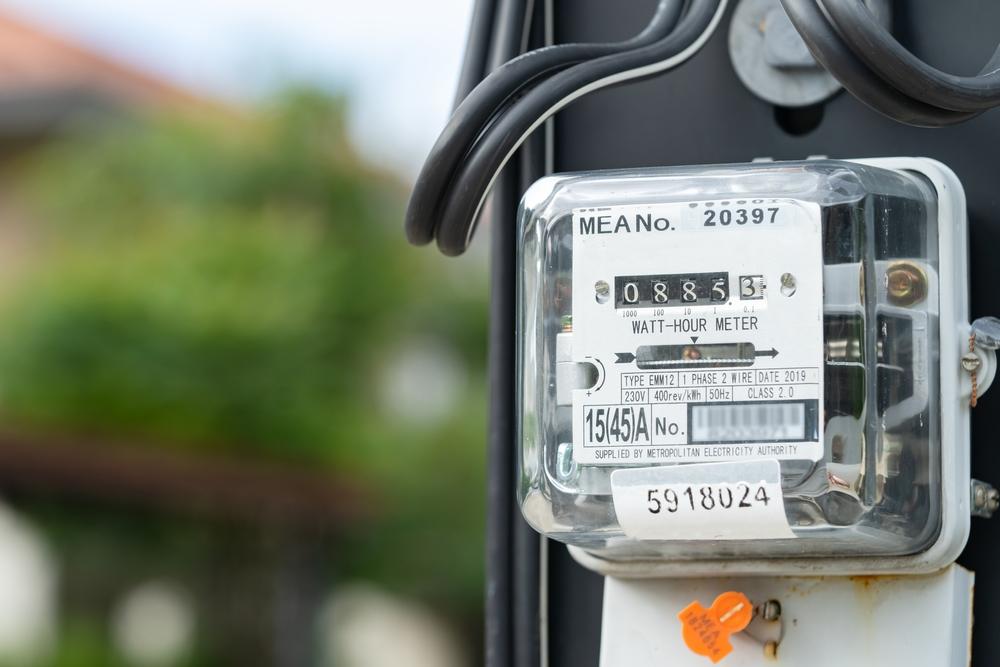Retirement is not just an end to a career—it’s the beginning of a new lifestyle. With tailored services, vibrant social opportunities, and a growing range of living options, these communities offer more than a place to live—they offer a way to thrive.

Exploring the Benefits of Retirement Communities
Retirement communities are no longer viewed as quiet, static places where older folks simply go to downsize. Today, they represent a proactive lifestyle choice—offering comfort, convenience, healthcare access, and vibrant social experiences. These communities are designed to meet the evolving needs of older adults who value independence but want support when necessary.
Modern retirement communities provide a range of services, from independent living to assisted care, all in an environment tailored to enhance quality of life. As the senior population continues to grow, so does the variety of community options—each offering unique benefits depending on a resident’s preferences and health requirements.
Types of Retirement Communities
To make an informed decision, it’s important to understand the primary types of retirement communities available:
- Independent Living Communities: Designed for those who are aging but do not require daily assistance, these communities offer freedom from home maintenance, with added perks like social activities and dining services.
- Assisted Living: Ideal for individuals who need help with daily tasks such as bathing, medication management, or mobility, while still enjoying private accommodations and a social environment.
- Continuing Care Retirement Communities (CCRCs): These offer a full spectrum of care—independent living, assisted living, and skilled nursing—allowing residents to transition smoothly as their needs change.
- Age-Restricted Communities: Often referred to as 55+ communities, these provide a quiet and age-friendly environment, focusing on amenities rather than care services.
Each type offers a different balance of independence and support. The right choice depends on health status, lifestyle preferences, and financial considerations.
Key Features That Define Today’s Retirement Living
Today’s retirement communities emphasize lifestyle enrichment and autonomy. In addition to safety and convenience, many offer services that promote active aging and community engagement. Typical features include:
- Fitness centers and wellness programs
- Scheduled transportation and concierge services
- Chef-prepared meals and communal dining spaces
- Social activities, clubs, and interest groups
- Maintenance-free living with housekeeping and landscaping
These amenities are more than perks—they are part of a larger philosophy to help seniors remain engaged, independent, and healthy for as long as possible.
The Average Cost of Retirement Communities in Columbus
The cost of retirement living varies significantly based on location, services, and the type of community chosen. As of 2025, monthly costs for independent living average between $2,000 and $4,000. For assisted living or CCRCs, costs can climb to $5,000–$7,500 or more per month, depending on care needs and amenities.
SeniorLiving.org provides a detailed breakdown of independent living costs for 2025. It helps families understand what to expect and how to budget effectively.
For a broader comparison of options, A Place for Mom offers an in-depth guide to the cost of various retirement communities. They explain pricing models such as monthly fees, entry fees, and care-based pricing structures.
For state-specific data, SmartAsset outlines the cost of retirement living in every U.S. state, allowing families to weigh location-based affordability.
Why 2025 Is a Smart Year to Make the Move
The decision to move into a retirement community should be based on timing, health, and opportunity. According to Acts Retirement, 2025 may be an ideal year to transition. With rising demand from aging Baby Boomers, high-quality communities are filling up faster than ever. Waiting lists are growing, and prices are unlikely to decrease.
Communities are also innovating in 2025—incorporating smart technology, sustainability initiatives, and wellness-focused design features that cater to modern retirees. Moving sooner rather than later ensures access to the best floor plans, promotional pricing, and early community integration.
How to Choose the Right Retirement Community
With so many options, selecting the right community requires careful planning. Here are the essential steps to guide your decision:
- Determine the Level of Care Needed: Is the goal to maintain independence or access long-term medical support?
- Visit Multiple Communities: Take tours, talk to current residents, and ask questions about staff qualifications, amenities, and rules.
- Review the Financials: Understand the full cost structure—including entry fees, monthly charges, and what's included.
- Ask About Health Services: Find out how medical care is handled and whether there's an on-site clinic or emergency protocol.
- Consider Location: Proximity to family, climate preference, and access to hospitals may influence your choice.
Choosing a community isn’t just about amenities—it’s about long-term comfort, safety, and peace of mind.
Standout Retirement Communities to Watch in 2025
The retirement living market is evolving rapidly, and several communities are setting the standard in 2025. Whether through innovative design, top-rated healthcare, or sustainable living features, certain retirement communities are drawing attention nationwide.
Lottie has compiled a list of 13 standout retirement homes to watch this year. These communities excel in everything from wellness programs to architectural design, offering a glimpse into the future of senior living.
Retirement Communities in Urban and Suburban Settings
The setting of a retirement community can dramatically affect your experience. Some seniors prefer the cultural offerings of a city, while others seek the tranquility of the suburbs.
In metropolitan areas, residents enjoy proximity to theaters, museums, and specialized healthcare centers. However, these communities may come with higher costs. Suburban retirement communities often offer larger living spaces, green environments, and a quieter pace of life.
There’s no one-size-fits-all answer. Urban dwellers may seek out communities in places like Chicago or Los Angeles, while others might look to suburban hubs in Florida or Arizona—areas historically known for their appeal to retirees.
Planning Ahead for a Smooth Transition
Moving to a retirement community involves more than signing a lease—it requires mental, emotional, and logistical preparation. Here are some tips for making the transition as smooth as possible:
- Downsize gradually to reduce stress and preserve meaningful items
- Speak with staff ahead of your move to understand what’s needed on day one
- Involve family in the decision and planning process
- Schedule time to meet new neighbors and explore the community upon arrival
- Set short-term goals to help adjust—like joining a club or attending a class
The sooner you begin preparing, the easier and more rewarding the transition will be.
Conclusion
Retirement communities offer a lifestyle of support, freedom, and opportunity. From managing daily tasks to fostering new friendships and hobbies, these communities allow seniors to age with dignity, security, and joy.
The year 2025 is poised to bring even more innovation to senior living, with smarter design, expanded services, and growing demand. By evaluating your options and planning ahead, you can find a retirement community that fits your lifestyle and sets the foundation for a fulfilling new chapter.




